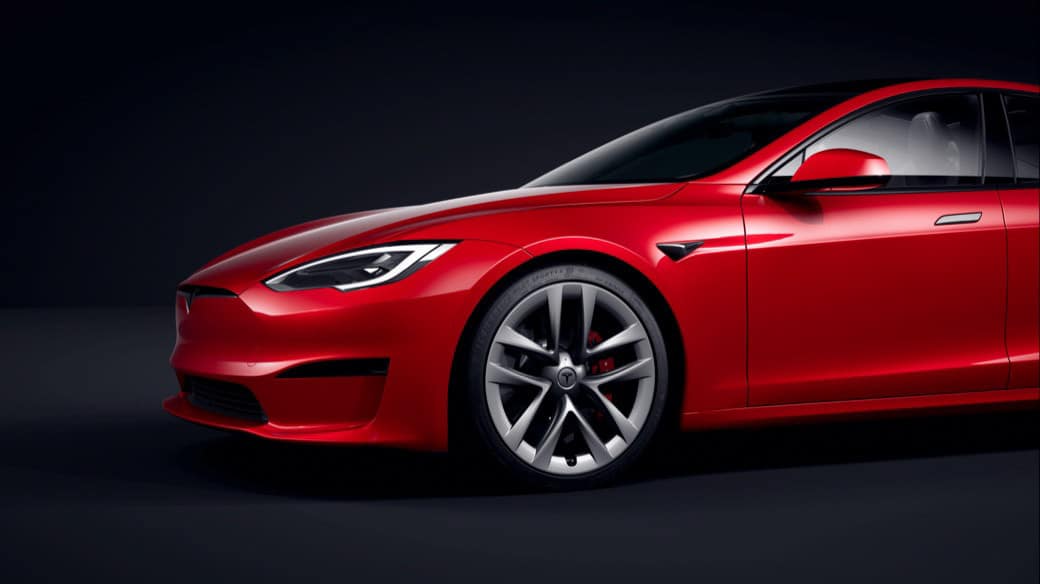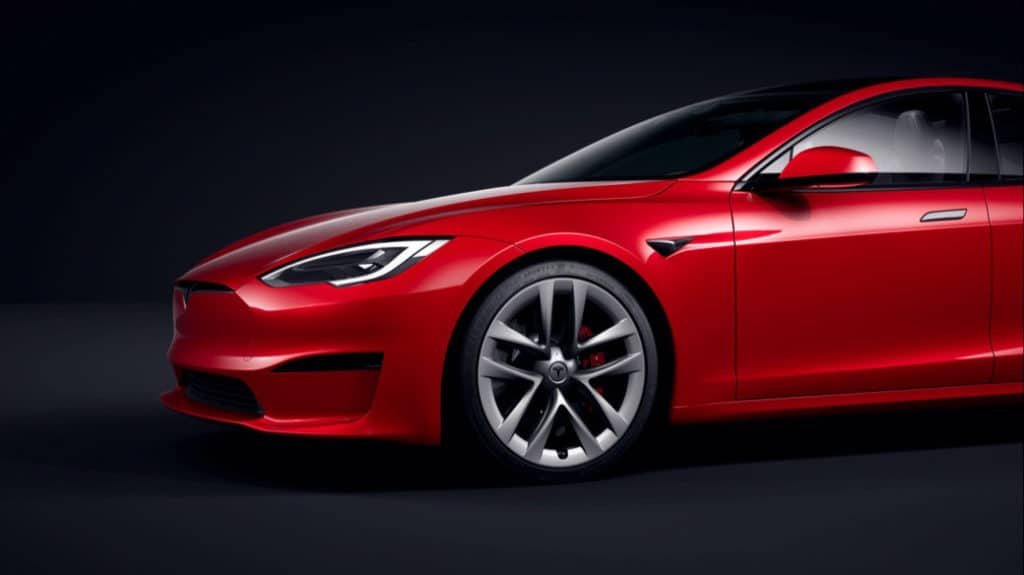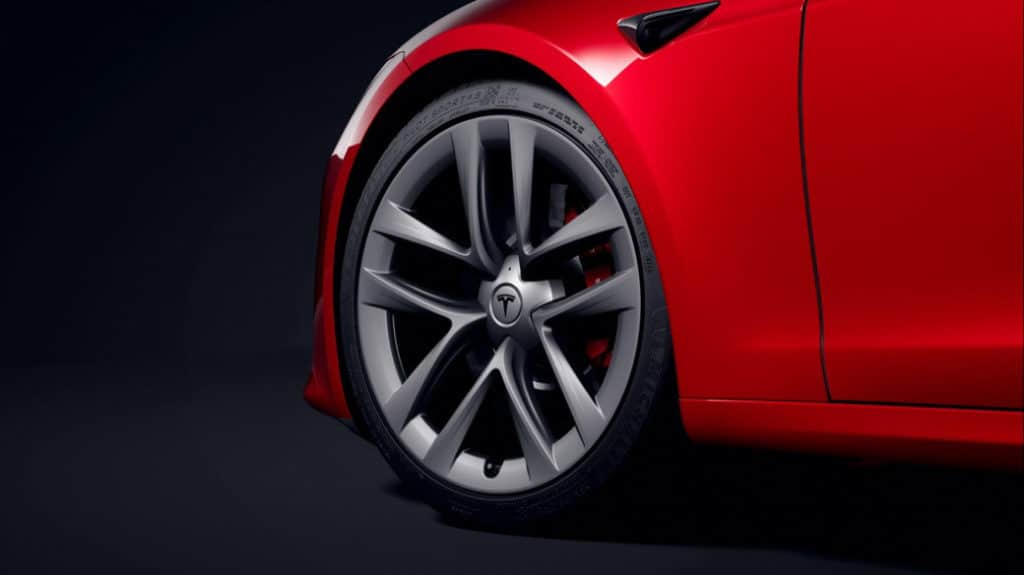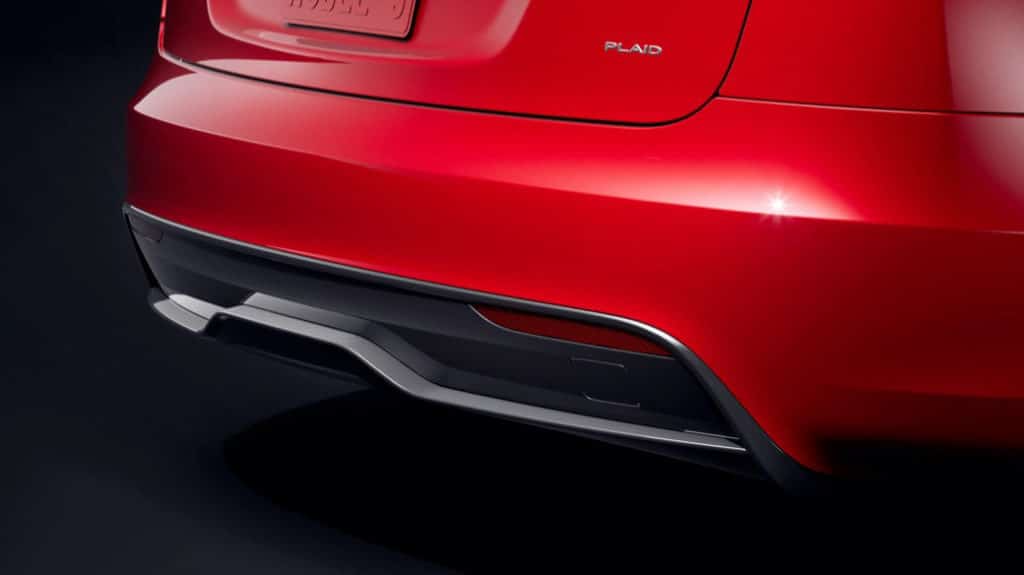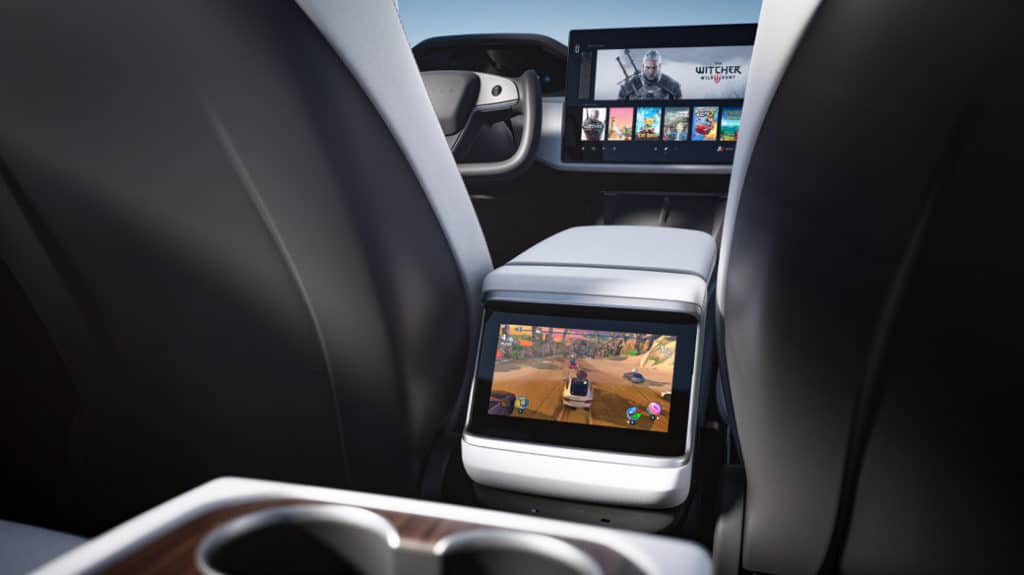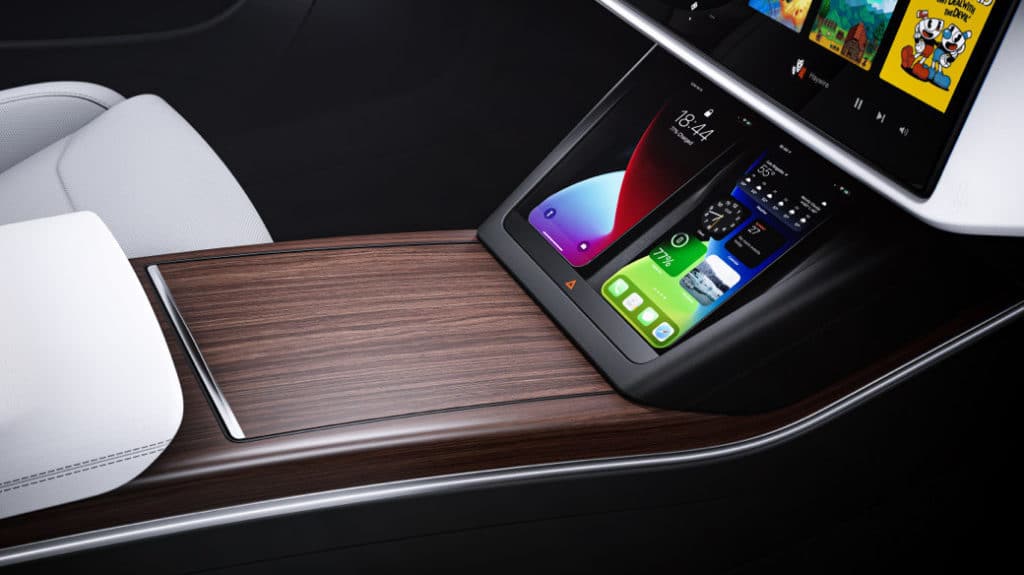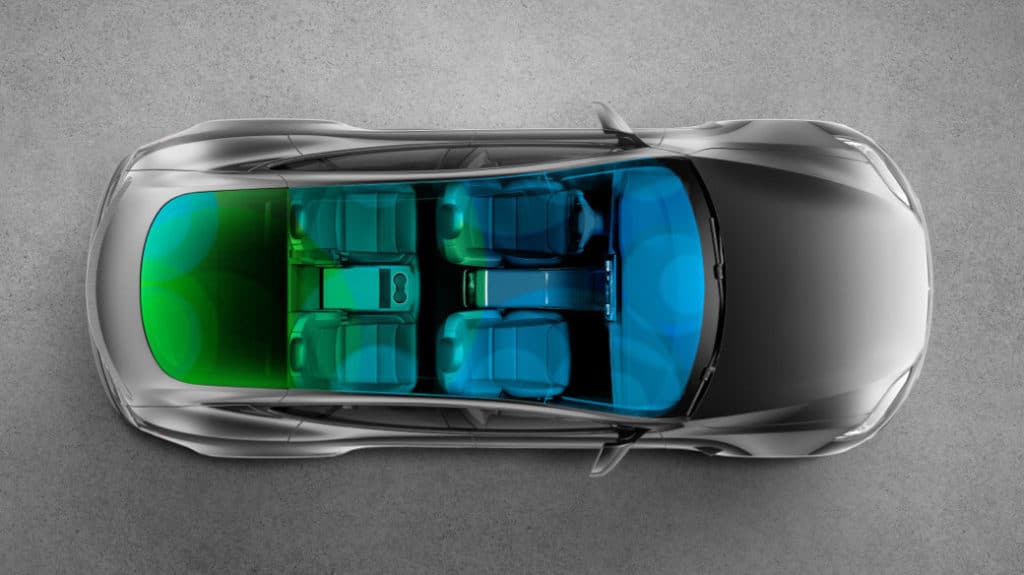Well lah-dee-dah, the refresh of Tesla’s Model S is here. I’d like to sound more impressed, but Elon has been going on for so long about what’s going to be in the “new” car that it’s hard for me to be jumping up and down, all enthusiastic about this. So, now that the real car is finally here, what do you get? Let’s get down to the facts, shall we?
Car Guys vs. Tech Guys
The problem with Elon Musk is that he’s a tech guy and not a car guy. And tech guys, and their companies, have a bad habit of announcing the revolution, telling you what it will contain, and telling you the date said revolution will come. THEN they alter the contents, change the dates around, monkey with the contents even more, announce a delay to the revolution, and change a few more details before announcing yet another delay.
By the time the product – whether it’s a game or a word processor or, in this case, a car – hits the streets, it’s difficult to keep up that enthusiasm, let alone keep your facts straight. That said, here is what you can find on the refreshed Tesla Model S.
The “Refreshed” Tesla Model S
The top-of-the-line sedan from the EV revolution’s corporate standard-bearers is, to put it mildly, fantastic. Really, apart from the high-tech gizmos synonymous with Tesla, it’s hard to tell the Model S apart from any other luxury sedan out there. And believe me, that is a very Good Thing. The Model S works. It works in the same way a Porsche, BMW, or Mercedes-Benz does for the discerning buyer. And for an EV to simply work is still an achievement to many people.
The “refresh” (sometimes called mid-cycle refresh) is typical for automotive manufacturers, and Tesla follows this tradition. There’s a nip here and a tuck there on the exterior. Tesla is finally dealing with some design issues that should have been taken care of shortly after the Model S rolled out in 2012. They’ve tightened the back end and have a more integrated diffusor, but the real work has been done at the front. Gone is that blunt, slab-like “grille” that just didn’t look good. Now the nose features a much more attractive bumper and grille.
As important as that is, that’s just the side dish, the potatoes, if you will, to the real meat. It’s a lot of what you can’t see that will make a much more significant impact. For a start, there’s an uprated powertrain that can now get you 520 miles on a single charge. Those updates will also get the Model S from a standstill to 60 mph in under two seconds. Tesla says the updated powertrain makes it the “fastest accelerating production car ever.”
That might be true, but I bet some engineering guys in Germany and Japan and Italy may have their own take on that statement.
Tesla Model S Variants
The new Tesla Model S starts at $79,990 for the Long Range dual-motor version. That will get you 412 miles of range. If you’re willing to spend $119,000 for the new Plaid powertrain with more grunt, you’ll only have 390 miles, but the trade-off being you’ll get that sub-two-second zero to 60 time. The Plaid+ version seems to get you all that performance and 520 miles of range. That guy will set you back at least $139,000.
Both the high-performance Plaid and Plaid Plus versions are said to top out 200 mph. The Long Range version will top out at a more reasonable 155 mph. Tesla says the Plaid versions should be able to do five times as many quarter-mile runs as previous Model S sedans, although that exact number is not stated.
Near as I can tell, an older Model S could do around three drag pulls before things went wonky. This upgraded ability will go some way to assuaging the fact that the Porsche Taycan can seemingly do drag runs all day long until you run the batteries flat.
Video Games & Steering Wheels
The updated Tesla Model S also comes with an infotainment system that’s powered by a chip capable of 10 teraflops of processing power, allowing passengers to play games like The Witcher 3 and Cyberpunk 2077. Why is this important? Who knows, who cares. Elon has spoken.
They’ve set screens here and there and made things even cleaner and more Nordic-looking. Still, it’s pushing the limits of sterility and function over a human-centric design. The biggest deal in the interior is the new steering yoke. Tesla has decided to get all sci-fi and do away with the traditional steering wheel and give us a butterfly yoke right out of K.I.T.T. or some other cartoon.
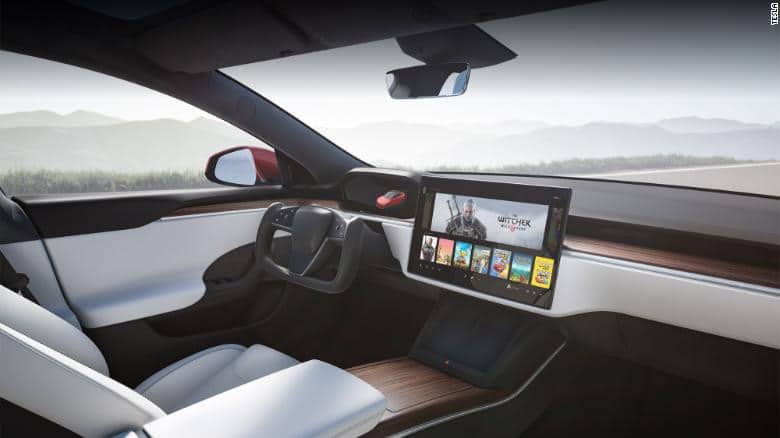
This is a prime example of tech bros solving a “problem” only they see and giving us a solution we didn’t ask for. With all his stunted emotional development, Elon most likely thinks this is the coolest thing since light up gaming headphones. The in-car video games are one thing but ask anyone who has driven with both a traditional steering wheel and a butterfly setup. Ask them which one works best for real-world driving. You’ll see why the initial reaction to Elon’s latest design move has howls of derision.
Have you ever seen the in-car footage of an F1 or Indycar trying to wheel itself into the garage? The poor driver is feebly trying to get a grip on some portion of the wheel to turn it more than a quarter of the way around. I can only imagine what will happen when somebody tries to parallel park the Model S or try to maneuver through a tight, urban parking garage using a yoke. I heard that Elon now says the yoke steering will only be an option for what it’s worth.
Tony Borroz has spent his entire life racing antique and sports cars. He is the author of Bricks & Bones: The Endearing Legacy and Nitty-Gritty Phenomenon of The Indy 500, available in paperback or Kindle format. Follow his work on Twitter: @TonyBorroz.

